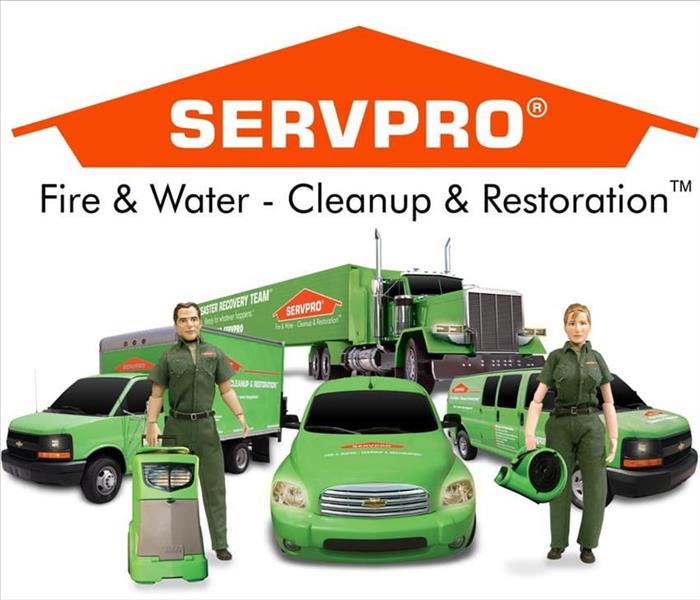How to protect your sewer from a backup.
2/27/2018 (Permalink)
Clogged sewers can wreak havoc on your home, but you can help to prevent that from happening. Learn the causes of sewer backups, what you're responsible for maintaining as a homeowner and how to protect against sewer backups.
You may not realize that you are responsible for the maintenance and repair of the sewer lateral, a privately owned pipeline connecting a property to the publicly owned sewer pipeline, usually located in the street.
-Sewer-lateral is owned and maintained by the property owner, this responsibility includes any part of the lateral that extends into the street.
The first step in preventing sewer backups is knowing what causes them, so here is a list of the most common causes of sewer backups.
Aging Sewer Systems
- The American Society of Civil Engineers indicates that the nations 500,000 miles of sewer pipelines are on average over 30 years old. As the numbers of homes connected to already aging sewer systems increases the occurrences of sanitary sewer backups is rapidly increasing.
Combined Pipelines
- Combined systems, these combine storm water and raw sewage, have problems arise especially during rain storms. The systems are exposed to a larger volume than they are capable of handling. This then results in a sewer backup, this usually causes sewage to spew out in basements or other low lying drains.
Tree Roots
- Service pipe joints and sewer pipeline cracks create the perfect opportunity for small roots of trees and shrubs to make their way in. This can cause extensive damage or blockages as they grow larger. If the tree is on private property the owner of the property and tree may have to cover the cost of the sewage clean up. If the issue results from city and private trees the cost is then split between the city and property owner.
Sanitary Main Blockages
- Blockages can occur in a city sanitary main, if not detected this can cause sewage to back up into your home or business. Typically this happens slowly and generally have early indications of such problems.
Preventing Sewer Backups
Properly dispose of grease
- Washing grease down a drain with hot water is not recommended, cooking oil should be poured in a heat resistant container and disposed of. As the grease cools, it solidifies in the drain or sewer pipelines. This causes the lines to constrict and eventually will clog.
Properly dispose of paper products
- Hygienic wipes, paper towels and feminine products do not deteriorate quickly and can produce a great deal of trouble in sewer pipelines.
Maintain tree roots
- If tree roots are causing problems in your sewer lateral, you may want to consider have the tree removed by a professional.
Replace pipelines with plastic pipes
- Plastic actually prevents tree roots from entering the pipeline
Correct illegal plumbing connections
- Connecting your sanitary sewer to French drains, sump pumps and other flood control systems is illegal. This actually allows debris to clog your pipeline. Contact a plumber to correct any pre-existing illegal connections.
Install a backwater prevention valve
- This valve prevents sewer backflows and is installed into the sewer pipeline, it can sometimes be installed into a drain line in the basement of your home or business.
If you find yourself in a situation with a sewer backup, keep in mind they are considered very dangerous. The water is extremely unsanitary and may contain bacteria and viruses that could lead to serious illness. Failing to properly remove such substances could contribute to an unhealthy and dangerous environment.






 24/7 Emergency Service
24/7 Emergency Service
